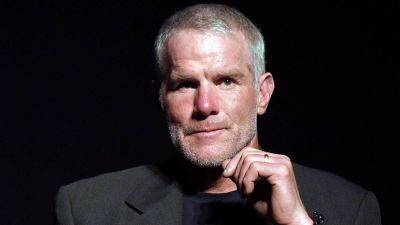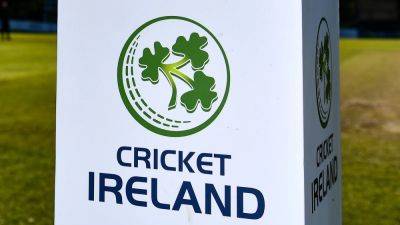New European Parliament intergroups: What’s in and What’s Out
As the European Parliament embarks on a new legislative mandate, fresh topics are set to capture the attention of MEPs and bring new Parliamentary 'intergroups' to life.
These intergroups—informal networks of MEPs from different political groupings—focus on specific issues, often with input from civil society.
Although not official parliamentary bodies, intergroups are formally recognised by the Parliament and established at the start of each term.
For this tenth legislative term, political groups have approved a list of 28 intergroups. Many are being set up this week in Strasbourg, with launch events expected to take place alongside the plenary sessions.
It’s important to note, as the European Parliament clarifies on its website, that intergroups are distinct from "friendship groups"- another more clubbable type of Parliamentary grouping - even if some of their names suggest they might be a lot of fun
To illustrate how MEPs’ interests and engagement with various issues have evolved, Euronews has curated a selection of intergroups—both new and long-standing—from past and present mandates.
The European Parliament's LGBTQ+ intergroup, confirmed for the fourth time in a row, has come a long way in its journey toward inclusivity.
When it first began, it focused solely on lesbians and gays, even if it's title "Lesbian and Gay" suggested it consisted of one of each. By the seventh legislative term, the group had expanded to include bisexual and transgender individuals, becoming the LGBT intergroup.
In 2014, "I" was added to represent intersex people, but now that's been replaced by a "+" symbol, a small change designed to carry a big message: nobody is left out.
Some intergroups have history on their side—quite literally. One focuses








